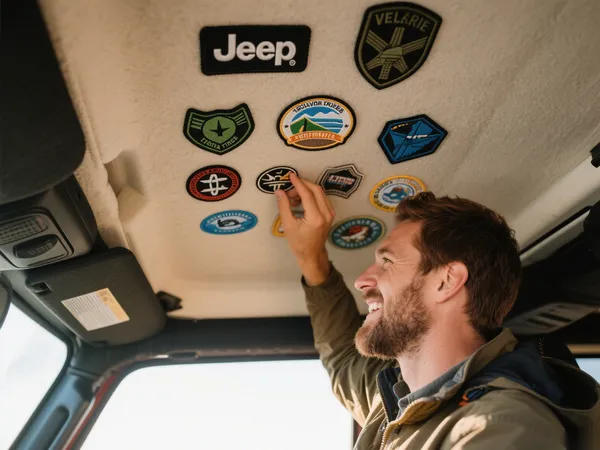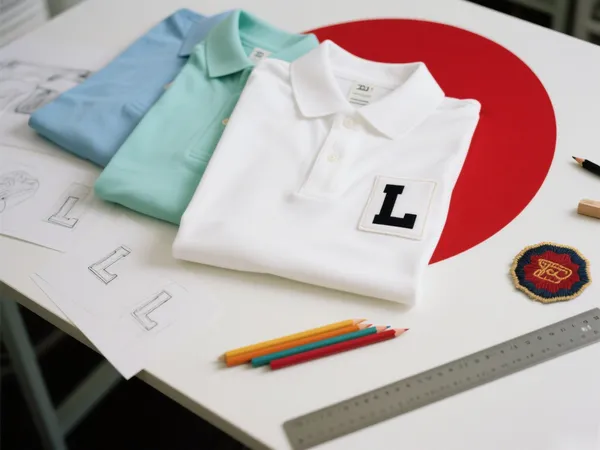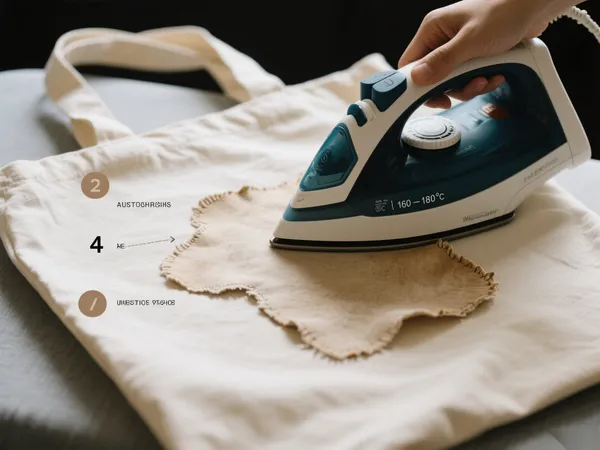Motorcycle clubs have a rich culture filled with symbols, traditions, and unspoken rules — and at the heart of this culture is the Three-Part Patch. Seen on the back of vests or jackets, these patches are more than decoration; they are badges of identity, history, and sometimes territorial power.
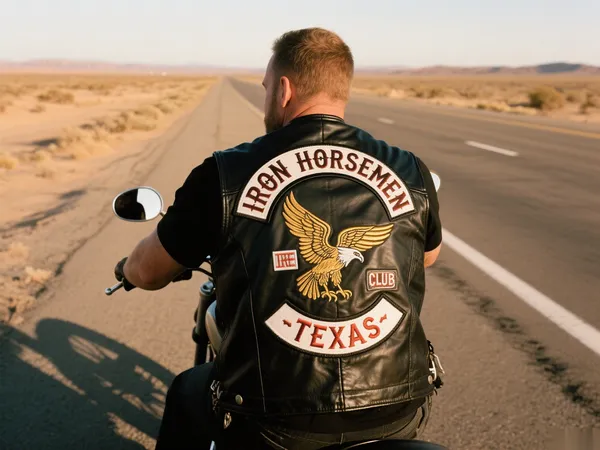
What Are Three-Part Patches?
أ Three-Part Patch refers to a specific back patch design made up of three distinct sections:
- أفضل روكر
- An arched patch at the top.
- Displays the club’s name, such as Hells Angels أو Bandidos.
- Shows which club you belong to.
- رقعة المركز
- The largest and most eye-catching section in the middle.
- Usually a bold emblem — animals like eagles or wolves, mythical figures like devils or angels, or symbols like skulls and flames.
- Each club’s emblem is unique and often trademarked.
- هزاز سفلي
- An arched patch below the center emblem.
- Displays the club’s territory or region, such as California أو Texas.
- The most sensitive element, as it signifies territorial claim.
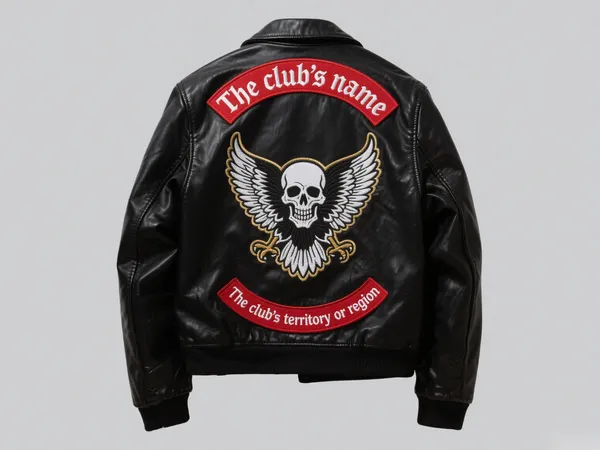
Origins and Cultural Significance
ال Three-Part Patch style emerged in the U.S. during the 1940s–1950s, especially after the 1947 Hollister incident. Certain motorcycle clubs, labeled as Outlaw MCs, adopted the split patch design to clearly display their identity and claim their territory.
- هوية: Only full members who have completed a prospecting period can wear the full three-piece set.
- Territorial Claim: The bottom rocker declares an area under the club’s control — often a source of disputes between clubs.
- Tradition: Many designs remain unchanged for decades, serving as living history for the club.
Rules and Etiquette
ارتداء Three-Part Patch comes with strict rules in serious motorcycle club culture:
- No Wearing Without Permission: Especially the bottom rocker with a location — wearing it without being part of the club can be seen as a direct challenge.
- Prospect Restrictions: New members often wear only part of the design until they earn full membership.
- Club Property: Patches belong to the club, not the individual.
- Color Ownership: Colors and combinations (e.g., red/white for Hells Angels) are part of a club’s identity and should never be copied without consent.
Differences from Two-Piece and One-Piece Patches
- Three-Piece Patch: Used by Outlaw MCs and traditional clubs, with emphasis on territory and hierarchy.
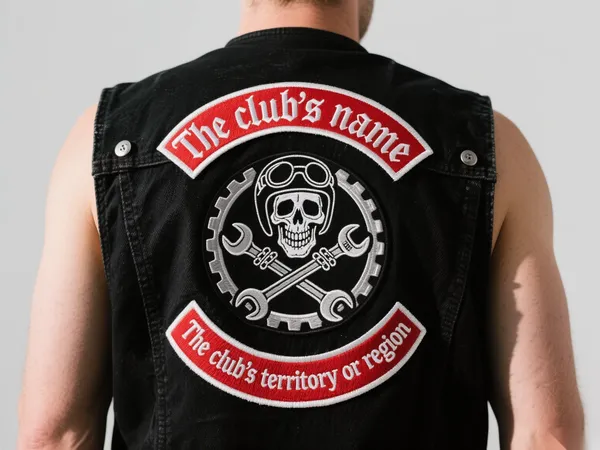
- Two-Piece Patch: Often worn by friendly clubs or casual groups; includes a top rocker and center emblem but no territorial claim.
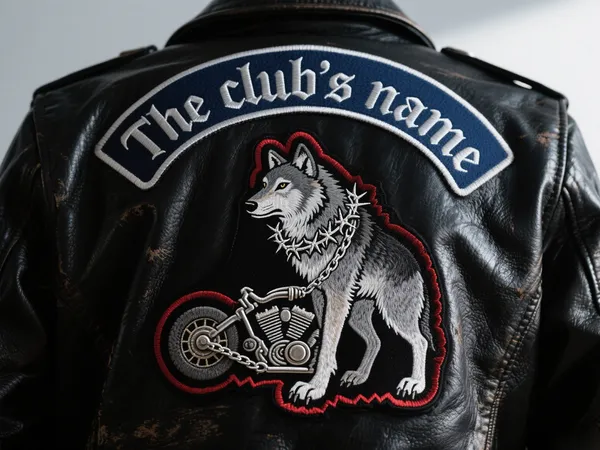
- One-Piece Patch: Used by social or touring motorcycle groups; usually a single round or shield-shaped emblem with no territorial meaning.
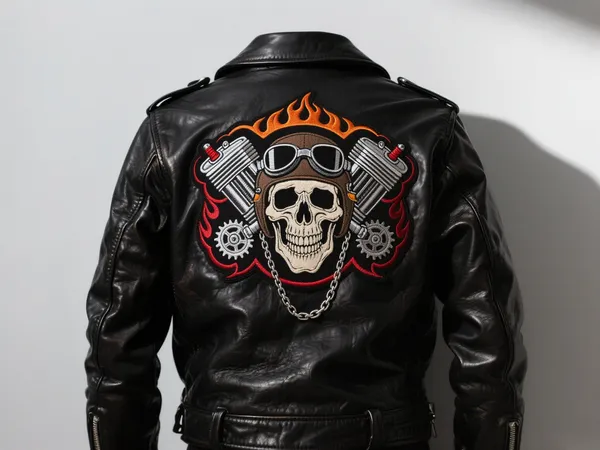
Risks and Controversies
In regions such as North America and Australia, non-members wearing a bottom rocker with a place name may provoke conflict with local clubs. Law enforcement in some areas also associates Three-Part Patches with organized crime, leading to bans in certain venues and events.
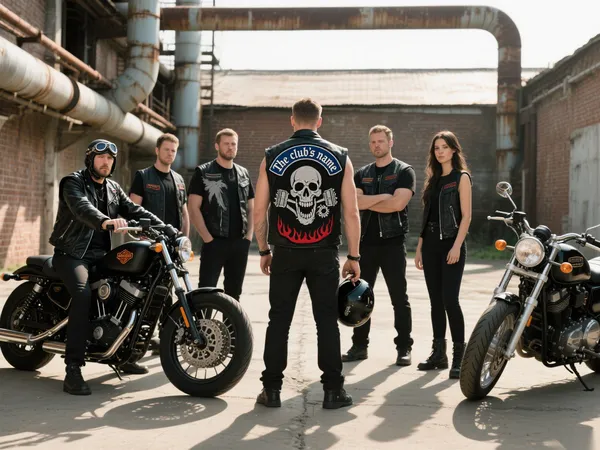
Modern Evolution
While the strict rules remain in serious MC circles, casual riders sometimes imitate the Three-Part Patch look. These versions typically avoid real club names or territories, opting for humorous themes, travel souvenirs, or brand logos instead.
This powerful piece of biker culture is more than fabric and thread — the Three-Part Patch represents loyalty, heritage, and the unspoken codes of the road. Whether worn with full rights or seen from a respectful distance, it’s a symbol worth understanding before you ever think of putting one on.
If you’d like, I can also design a visual diagram of the Three-Part Patch layout for this blog post, so readers immediately see the top rocker, center emblem, and bottom rocker structure at a glance.

